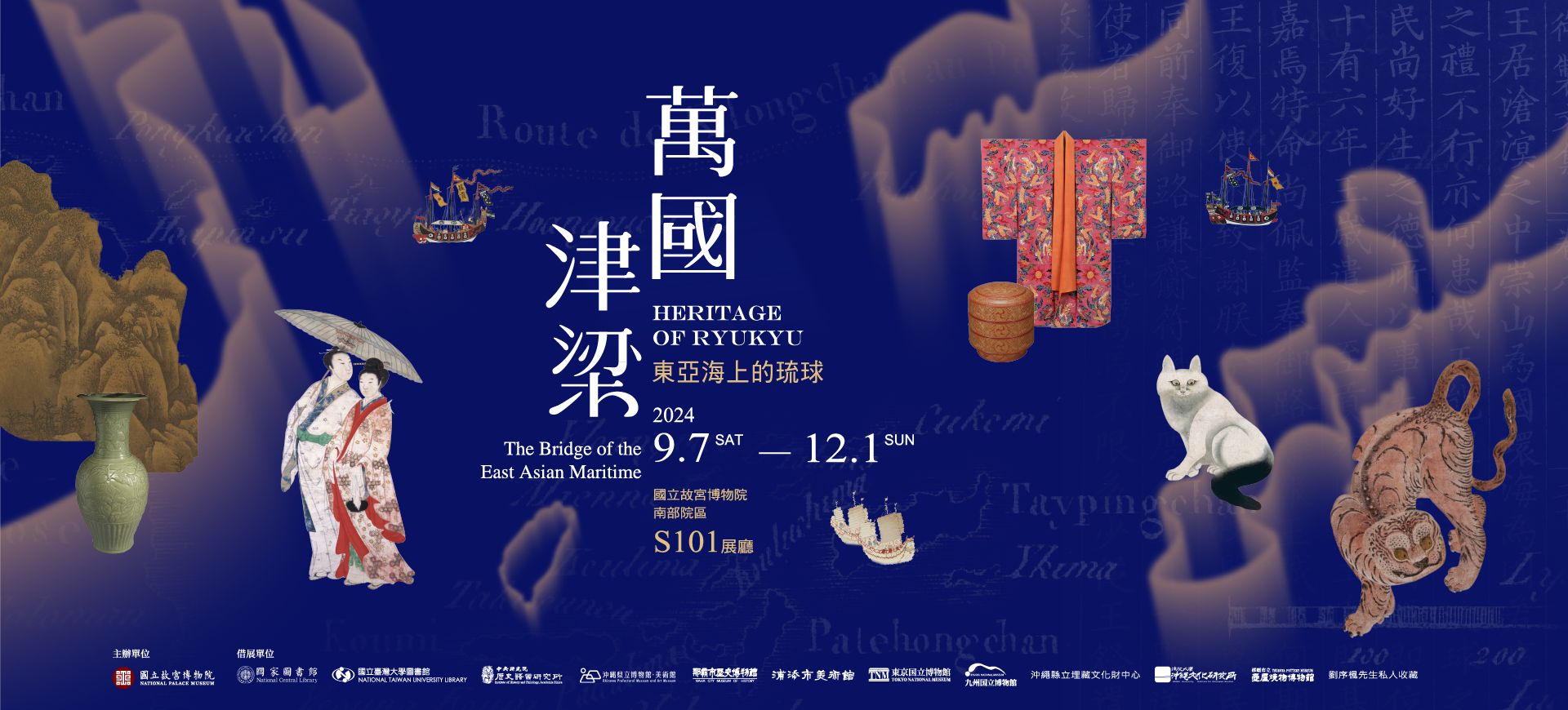Maritime Ryukyu & the East Asian World
Starting in the 15th century, the Ryukyu Kingdom came into ever-increasing contact with China’s Ming and then Qing dynasties (1368-1644 and 1644-1911 respectively) as well as Japan’s Tokugawa shogunate (1603-1868). Ryukyu’s interaction with China began during the reign of the Ming dynasty’s founding emperor, Hongwu (r. 1368-1398), when a 500-year-long tributary relationship between Ryukyu and the Chinese emperors was established. In this period, the Ming and Qing dynasties dispatched diplomatic envoys who crowned the rulers of Ryukyu as kings, thereby legitimizing their political power. At the same time, the Ryukyu Kingdom also regularly dispatched envoys to China to pay tribute to the emperors, strengthening the suzerain-vassal relationship between the two lands. As this relationship developed, not only did China and Ryukyu usually select extremely learned individuals to serve as envoys, Ryukyu also sent students to China to study abroad. These exchanges left behind a rich written record.
Ryukyu and Japan came into contact very early on. However, the relationship between the two nations transformed dramatically after Japan’s Satsuma Domain sent an army to invade Ryukyu in 1609. The king of Ryukyu subsequently accepted the lordship of the Tokugawa shogun and became a vassal of the Satsuma Domain. Thereafter, whenever a new king inherited the throne in Ryukyu, the kingdom had to send an envoy to Japan to express gratitude. Similarly, whenever a new shogun ascended to the throne in Japan, Ryukyu was compelled to dispatch an envoy to send congratulatory tidings. When envoys were sent from Ryukyu to present tribute to Japan’s rulers, this was referred to as “making a diplomatic visit to Edo,” which was the old name for Tokyo.
Whereas Ryukyu came into contact with Japan and China via official channels, most of Ryukyu’s interactions with Taiwan were sustained by the rank and file populace of both lands. As Taiwan and Ryukyu were so close to one another, they left behind significant traces of exchanges that came in the form of maritime commerce and mutual support in the face of storms at sea. Although much has been written about the friendly relations in Taiwan and Ryukyu’s history, there were exceptions to this comity. For instance, with the eruption of the “Mudan Community Incident” in southeastern Taiwan in the late 19th century, what started as a conflict outside of the sphere of government snowballed until it became a major international incident and eventually influenced the destiny of the Ryukyu Kingdom.


